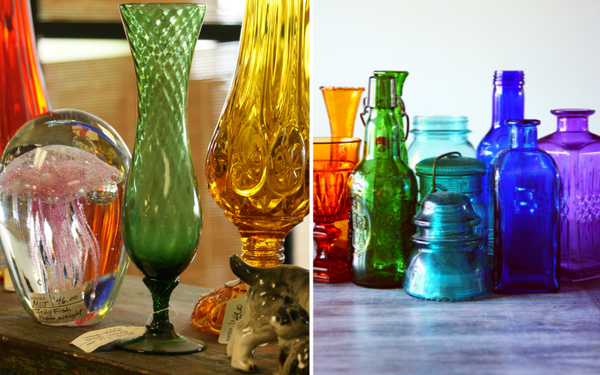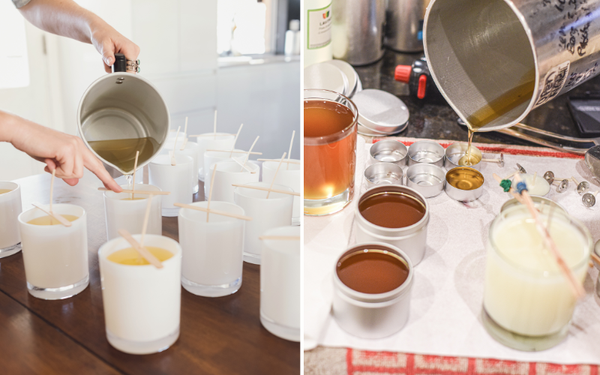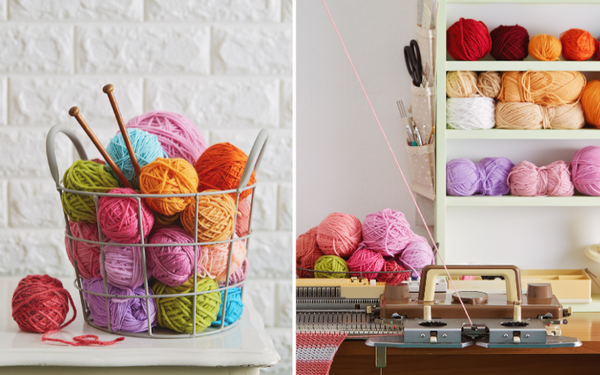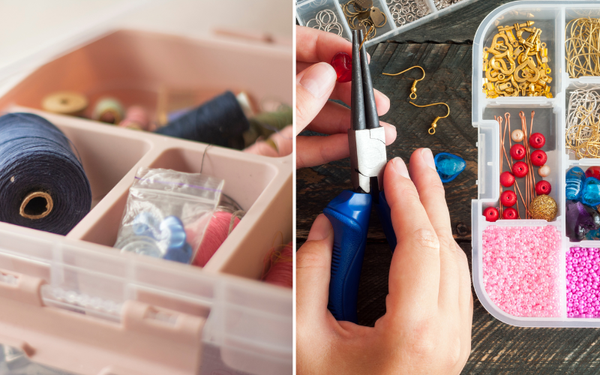Pottery is an art form that is both therapeutic and visually pleasing. It is a fun way to express your creativity and make something beautiful that you can use or display in your home. With the rise of DIY and hands-on hobbies, many people are interested in exploring pottery as a new hobby. However, a common question that arises is whether pottery is a cheap hobby.
In this blog post, we will dive into the costs associated with this craft and help you decide whether pottery is an affordable hobby for you.
First, let's talk about the initial investment to get started with pottery. The most significant cost associated with pottery is the equipment. You will need a pottery wheel, clay, glazes, and other tools like a kiln, brushes, and sponges. The upfront cost for these items can range from a few hundred to several thousand dollars. However, once you have purchased the equipment, you will not need to pay for it again in most cases. You will only need to replace small items like brushes and sponges over time.
Second, let's talk about the cost of clay. The cost of clay varies depending on the type of clay you purchase and where you purchase it from. If you are buying clay from a local ceramics or pottery studio, you can expect to pay more than if you purchase it from an online retailer. The cost of clay also varies depending on the amount you purchase. Buying in bulk can save money in the long run. The price of clay can range from $10 to $40 for a bag of clay.
Third, let's discuss the cost of glazes. Glazes are the colorful coatings applied to the pottery before it is fired in the kiln. The cost of glazes can also vary depending on their type and color. For example, metallic and special-effect glazes can be more expensive than standard glazes. However, just like clay, buying in bulk can help you save money in the long run. The price of glaze can range from $10 to $30 per pint.
Fourth, let's talk about the other costs associated with pottery. These include the cost of firing your pottery in the kiln, the cost of electricity to run the kiln, and the cost of any additional tools or items you may need or want like pottery books to learn new techniques or pottery wheels maintenance products. The cost of firing your pottery at a local studio can range from a few dollars to several hundred dollars per firing, depending on the size of the piece you are firing. If you have a kiln at home, you will need to factor in the cost of electricity to run it, which can amount to about $0.10 per hour.
Conclusion:
In conclusion, pottery can be an expensive hobby to get started with, but it is a one-time investment in equipment, and the ongoing costs are relatively low. The cost of clay, glazes, and firing can add up over time, but there are ways to save money, such as buying in bulk or sharing kiln fees with others. The beauty of pottery is that you can take it as far as you like – starting small and keeping it a budget-friendly hobby, or investing more money and time once you've fallen in love with it. So, if you're interested in taking up pottery, don't let cost be a deterrence. With a little creativity, you can find ways to make pottery an affordable and enjoyable hobby for years to come.










